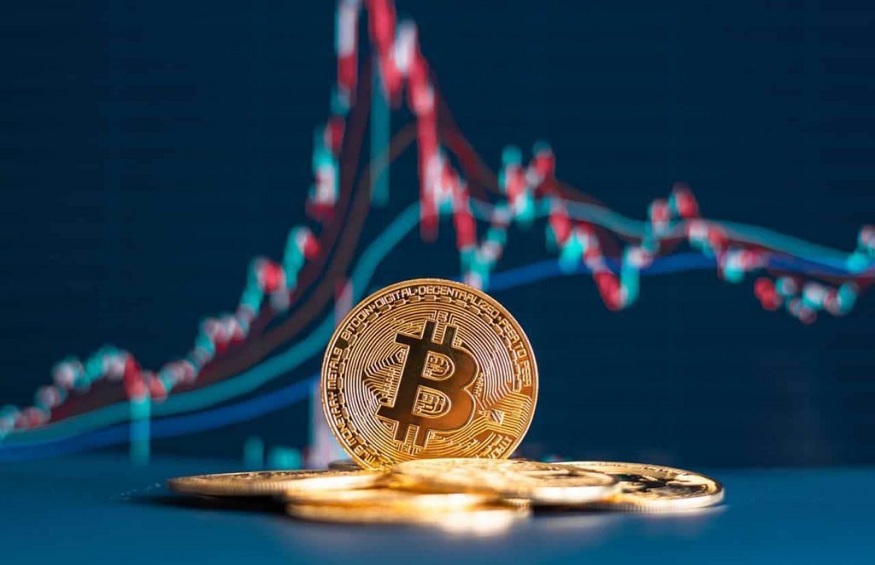Bitcoin, the revolutionary digital currency, has taken the financial world by storm. With its decentralized nature and transparent transaction history, Bitcoin provides users with a sense of security and control bitcoin converter to naira over their finances. However, it is crucial to understand how to verify Bitcoin transactions accurately. In this comprehensive guide, we will walk you through the process of checking a Bitcoin transaction.
What is Bitcoin Transaction Verification?
Verification is an essential facet of any monetary system, and Bitcoin isn’t any exception. When a Bitcoin transaction happens, it must be validated and confirmed by the network members before it could be deemed valid. Verification ensures that the transaction is reliable and prevents fraud or double-spending.
To verify a Bitcoin transaction, you need to examine various key parts:
1. Transaction ID (TxID)
Every Bitcoin transaction is assigned a unique identifier referred to as the Transaction ID or TxID. It is a string of alphanumeric characters that serves as a fingerprint for the transaction. To confirm a transaction, locate its TxID, which might usually be found on the blockchain explorer or your Bitcoin pockets.
2. Input and Output Addresses
A Bitcoin transaction includes a number of input addresses (senders) and output addresses (recipients). Verify that the input addresses have sufficient funds to cover the transaction amount and that the output addresses are correct. Any discrepancy in addresses could indicate an error or potential scam.
3. Transaction Amount and Fees
Ensure that the transaction amount matches your meant payment or receipt. Additionally, verify the transaction fees associated with the transfer. Higher fees usually result in faster confirmation times.
4. Confirmation Status
Bitcoin transactions need confirmation to be thought-about final. Confirmations are blocks which were added to the blockchain after the transaction was initiated. The more confirmations a transaction has, the safer and irreversible it becomes. Verify the number of confirmations to determine the reliability of the transaction.
5. Blockchain Explorer
A blockchain explorer is a tool that allows you to view and confirm Bitcoin transactions on the blockchain. It provides in-depth details about every transaction, including timestamps, block height, and involved addresses. By using a reputable blockchain explorer, you probably can cross-verify the transaction particulars for accuracy.
6. Checksums and Signatures
Checksums and signatures play a vital role in verifying the integrity and authenticity of Bitcoin transactions. Double-check the checksums to buy monero instantly ensure they match the original values. Additionally, verify the digital signature associated with the transaction to confirm its validity.
7. Network Consensus
The decentralized nature of Bitcoin depends on community consensus. Transactions require validation from multiple nodes within the network to be thought-about confirmed. Ensure that the transaction has been permitted by the majority of community individuals, lowering the chance of manipulation or fraudulent activity.
By following these steps and paying attention to the crucial components talked about, you probably can master the art of Bitcoin transaction verification. Remember, double-checking the primary points is crucial to safeguard your funds and preserve trust within the Bitcoin ecosystem.



